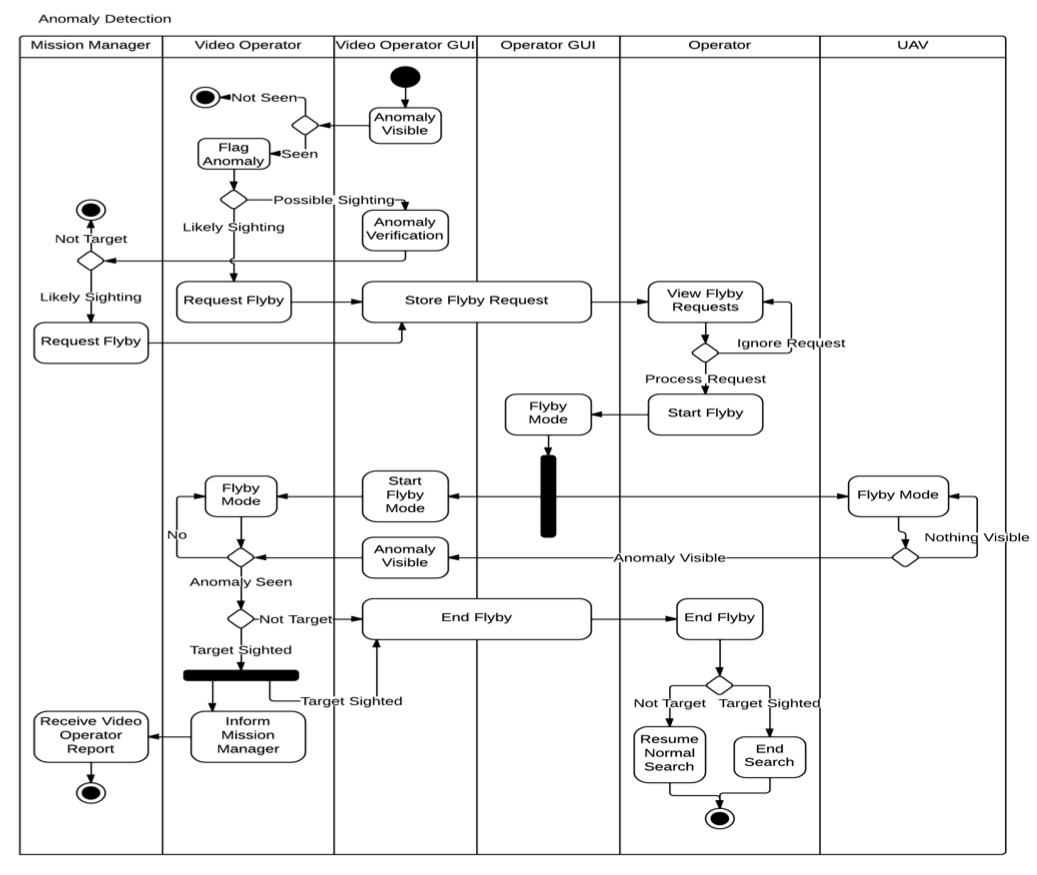Program
Christian Lebiere, CMU
Combining instructions and examples in developing cognitive models of human-system interaction
Abstract
Human performance when interacting with complex systems reflects a number of factors: the cognitive mechanisms available and their limitations, instructions received as part of formal training or peer exchanges, and knowledge and experience gained in interacting with the system. We represent those factors in an integrated computational approach to modeling
human-system interaction. Cognitive mechanisms such as associative memory, action selection and perceptual processing are represented in the ACT-R cognitive architecture, including both pervasive learning mechanisms and limitations such as memory decay, choice stochasticity, and attentional bottlenecks. Instructions are incorporated using a general model of decision making that can learn formal decision procedures and recall and apply them. The model does not include formal decision rules but rather learns to make decisions from experience using an instance-based learning process. Model performance on a range of tasks from human-robot interaction to intelligence sensemaking is compared to human behavior, including individual differences in performance and systematic cognitive biases.
Bio
He received his B.S. in Computer Science from the University of Liege (Belgium) and his M.S. and Ph.D. from the School of Computer Science at Carnegie Mellon University. During his graduate career, he studied connectionist models and algorithms and was the co-developer of the widely used Cascade-Correlation neural network learning algorithm. Since 1991, he has worked on the development of the ACT-R hybrid cognitive architecture and was co-author with John R. Anderson of the 1998 book The Atomic Components of Thought. His main research interests are cognitive architectures and their applications to psychology, artificial intelligence, human-computer interaction, decision-making, intelligent agents, cognitive robotics and neuromorphic engineering.




